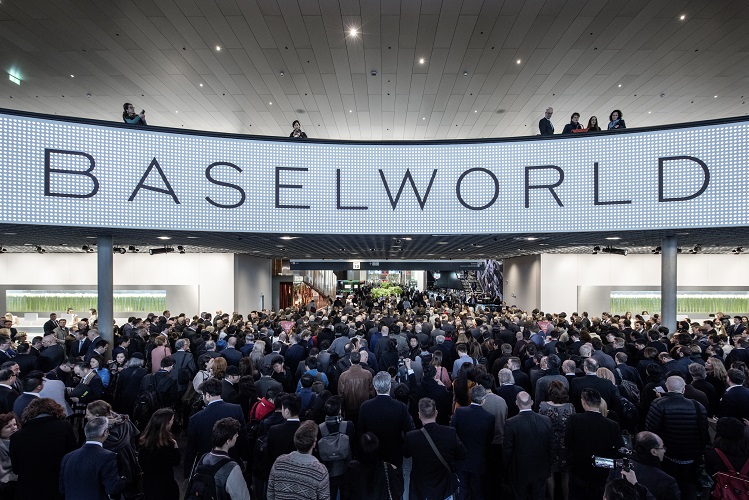connect with the hour glass
News • 19 Apr 2017
What Baselworld 2017 Said About The Watch Industry
The world’s biggest watch and jewelry trade show celebrated its 100th anniversary this year without so much as a peep. One had to look rather closely to even know that the important industry event reached this milestone. The irony, of course, is that the exhibiting watch brands are regularly chided by collectors and the media for making big deals out of pretty much any anniversary one can imagine.
Perhaps Baselworld didn’t have too much to celebrate as attendance and market enthusiasm was down for yet another year. Today’s watch industry might thrive on selling traditional products, but adherence to traditional, often outdated, business models are hurting to the point that trade shows like Baselworld are suffering. In response to low attendance and difficulty in convincing brands to come back next year, post-Baselworld 2017 the event’s organisers promptly announced that next year’s fair would be shorter and less expensive for exhibitors.
This atmosphere properly sets the stage for a brief discussion on some of the more important trends and news from the show. Let me say right now that the difficulties of the watch industry are not related to consumers not buying watches. Rather, the marketing, distribution, and sales models are the issue.
Demand for luxury watches is still relatively high, but in response to about two decades of strong consumer interest, the watch industry has over-produced compared to what consumers around the world are able to buy, increased prices to levels that antagonize consumers, and made the watch buying process often confusing and burdensome.
True novelty was very rare at Baselworld this year as brands for the most part tended to play it safe by offering new watches that simply don’t feel very new but are reassuringly familiar. Investment in new movements and model families was kept to a strict minimum, and the watches that were coming out for the most part seemed like a conservative attempt to expanding on a collection or theme that was already working for the brand. I will however say that prices are in many cases, but certainly not all, seeing reductions of about 10-15%. This is a good sign as the watch industry is frequently criticized for having raised prices to levels, which are very much out of line with what many consumers want to spend.
Interestingly in response to this the big name brands have all responded in very different ways.
Rolex, the brand everyone watches being the world’s biggest, responded with mostly product refinements and updates. New models were introduced to “correct” past “wrongs” (a trend we’ve seen them doing for a while), as illustrated with the new Sea-Dweller, with actual new product being an enthusiast-focused (versus volume seller) Cellini with a moon phase display – the first in decades.
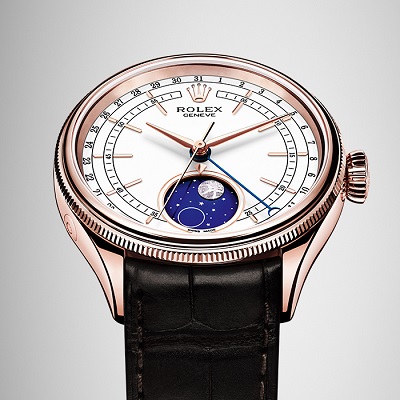
Omega more or less continued with business as normal, producing a dizzying array of new models – many of which were excellent. Though it is clear that Omega is operating as if back in the days when markets can bear dozens of new models and variations.
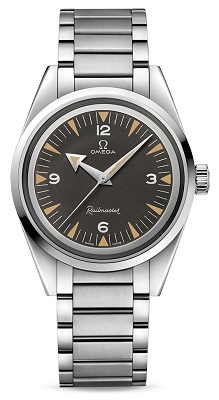
TAG Heuer is simply branching out to appeal to as wide an array of customers as possible. TAG Heuer continues to produce excellent retro-theme watches, with the new Autavia being very exciting for consumers as it is both vintage in style and affordable. At the same time TAG Heuer is also releasing watches for nascent, more youthful watch lovers, as with their smartwatch for example.
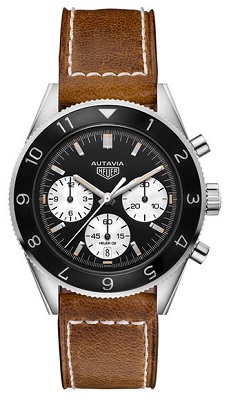
Japan’s Seiko – a darling of watch collectors coming from a range of price comfort zones – announced that Grand Seiko would be launched as a standalone company – but no one could really figure out what that meant. From a product perspective Grand Seiko watches will now only bear “Grand Seiko” on the dial. Otherwise little else has changed. Seiko claims that this step is an important move in being able to position Grand Seiko as what Lexus is to Toyota. I find the analog to be imprecise, but it should be interesting that Seiko’s high-end watch division will be able to make decisions for itself in the near future, being an independent entity.

Baselworld 2017 ended with optimism that there are still some spectacular projects, but the watch industry itself, after contracting in size for the last few years, is starting to recognize that the fair must evolve or face potential obsolescence.
How can the show accomplish that?
A likely avenue to pursue to make the show a bit more exhibitor friendly with lower rates, so as to refocus the show as more about press coverage and public access than a strict focus on selling watches wholesale to retailers. The internet is making much of the trade aspect of Baselworld redundant.
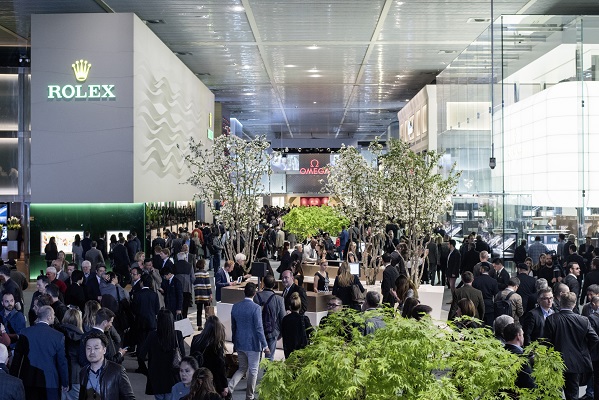
For more information, please schedule an appointment with our Sales Consultant here.



